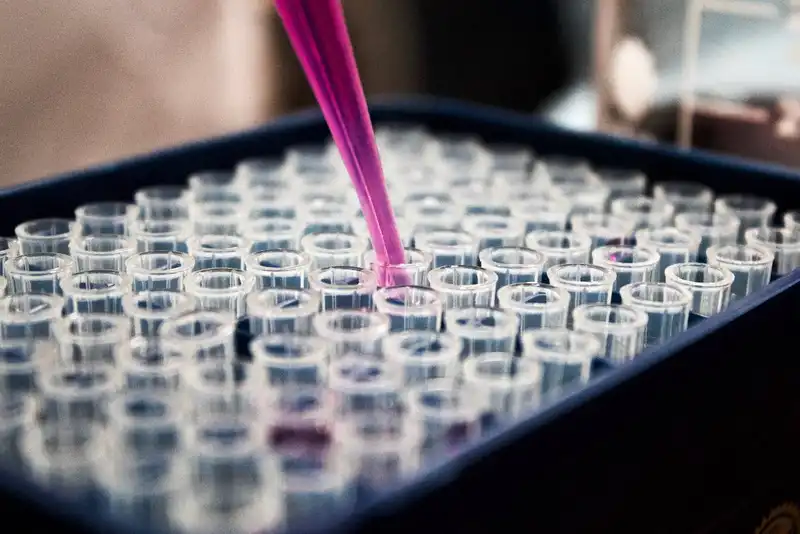6 Simplified Methods on How to Collect Data
6 Methods for Data Collection
Data collection is the process of gathering and evaluating data from a variety of sources to generate insights that help answer important business questions. By collecting accurate and quality data, business owners can forecast future patterns and make better decisions. The two types of data collection include
- Primary - Raw data collected from first-hand sources such as customer surveys, open-ended questions to customers/vendors, or the company website.
- Secondary - Data that has already been gathered from primary sources and tested for quality. Examples include financial records, tax documents, or sales reports.
A data collection method is used to identify patterns and inefficiencies that help to optimize future decision-making and problem-solving. As a result, businesses can use evidence rather than guesswork to make choices that increase the bottom line, reach new target markets, and streamline workflows.
1. Records and Literature

Organizations can collect information that is already produced and freely available to everyone. Records and literature sources encompass books, government-related documents, online records, or industry-related articles.
Collecting records and literature is referred to as secondary data gathering because the information has already been gathered, sorted, and tested by other entities. This type of data collection is typically simple and cost-effective because most of the analysis has already been performed.
2. Customer Surveys
Many companies gather valuable data through customer surveys, questionnaires, or other types of feedback. The information delivers insight into the way clients feel about a particular situation, such as customer service or the quality of products sold by an organization.
Businesses collect this data through online questionnaires or surveys over the phone. It's easy to analyze because there are only so many questions for customers to answer, allowing analysts to easily sort through feedback and pinpoint trends.
3. Interviews

Interview data collection is a qualitative mechanism to gather data because the derived insights are gained by rigorous interaction with interviewees. The interaction's purpose is to gain a better understanding of a particular business concern.
Typically, interviews are utilized to gather extensive replies from customers or other individuals that interact with the organization. An interview may be formal or informal depending on the business and industry needs. It can be carried out by conducting in-person meetings, video conferences, or phone interviews.
4. Observation Method
The observation method is primarily utilized by those in the medical or healthcare industry to monitor individuals in a particular set of circumstances and gain insight into their behavior. For example, drug manufacturers conduct studies to test the effectiveness of a new drug by giving a placebo to one set of participants and the actual drug to other participants.
The observation method is referred to as controlled when individuals are tested in a predetermined environment. Natural observation refers to observing participants in their regular environment. The participant method occurs when the researcher is part of the observation group.
5. Documents
Businesses analyze financial or customer documents to monitor any developments over a certain time frame. These documents are collected through call logs, reports, customer relationship management systems, emails, messaging systems, or other types of business intelligence software.
For example, a business may want to understand why sales decreased during July. It can then review historical sales reports, external market information, and customer data to identify the internal and external factors that led to the decrease.
6. Performing Experiments

Experimentation is another type of data collection in which a company compares and contrasts the relationships between two variables.
One variable is independent because it isn't affected by another measurable variable. The other variable is dependent and can fluctuate depending on the way other variables act. For example, an independent variable can be the number of new products manufactured last year and the dependent variable can be the number of products sold.
For this type of data collection, the information gathered is based on the relationship between the two data sets analyzed.
Key Takeaways
In conclusion, here is how an organization collects data
- Data can be gathered from records and literature, which is referred to as secondary data collection. It can also be collected through customer survey data or other types of feedback reports.
- Organizations frequently collect data by conducting interviews with external sources, such as customers. This is a form of primary data gathering that is conducted over the phone, in-person, or through video conferencing.
- Observation collection methods require monitoring participants to assess their behavior. It is typically used by those in the medical or healthcare industry to test the effectiveness of a product. Businesses can also gather and analyze documents by sorting through call logs, reports, or internal software systems.
- Experimental research is a type of information collection method in which an organization studies the causal relationship between an independent variable and a dependent variable.






